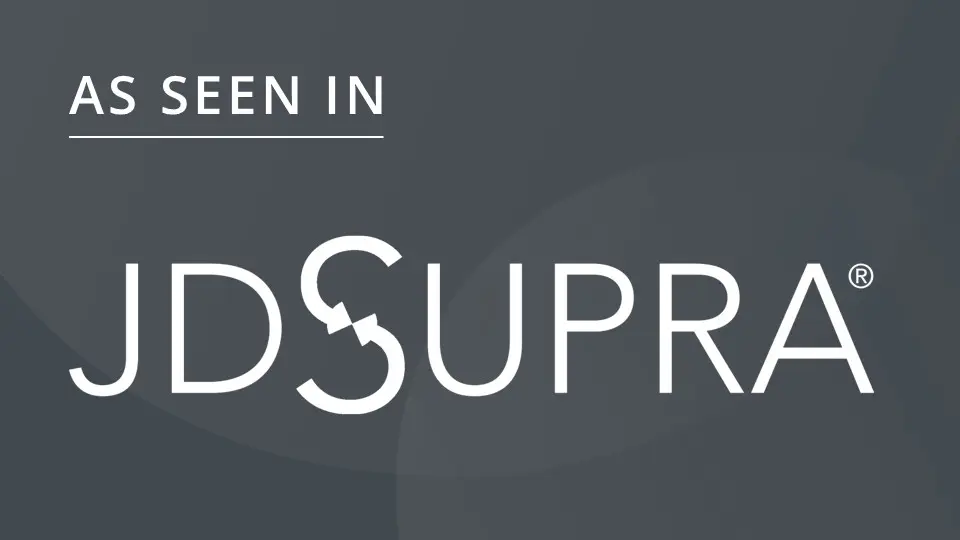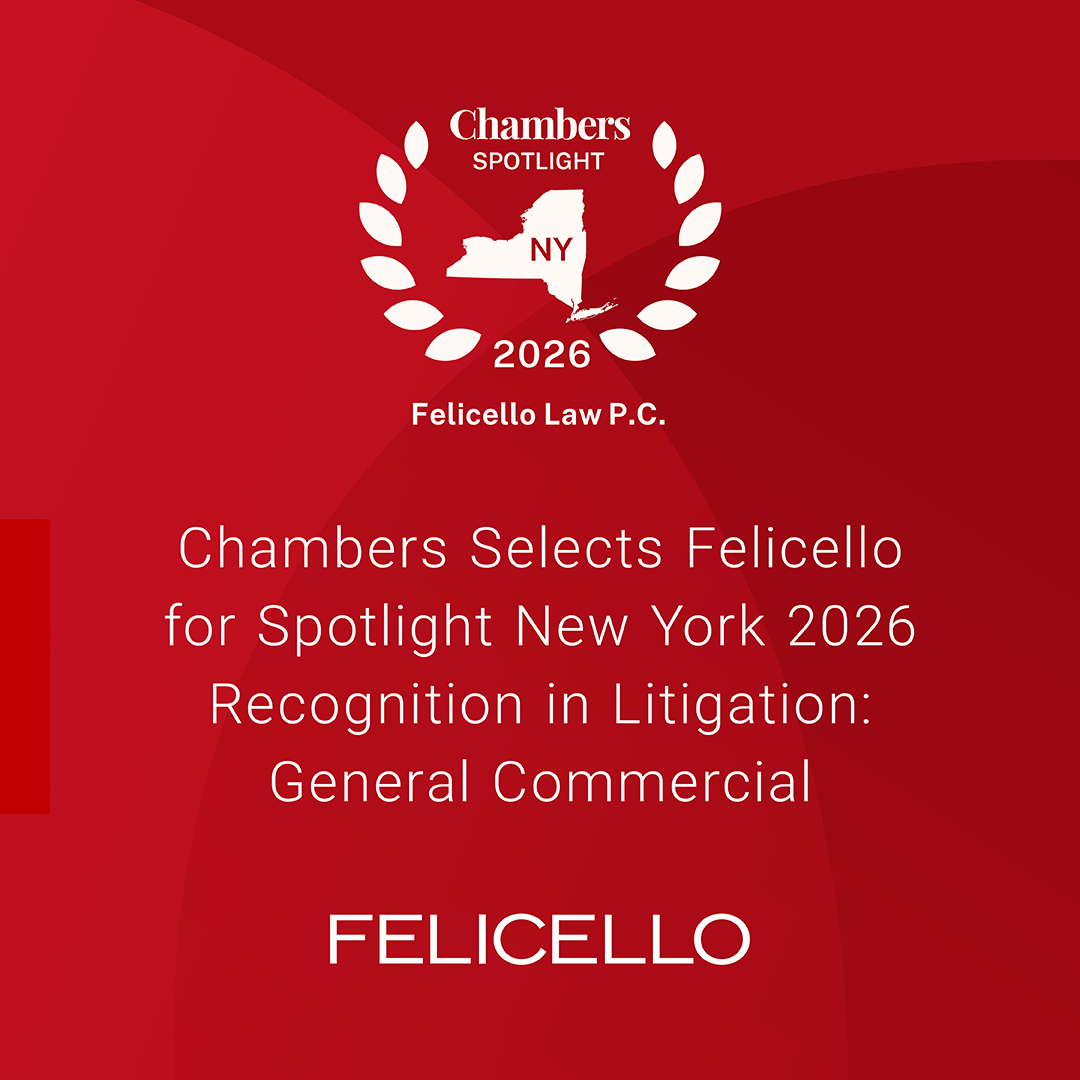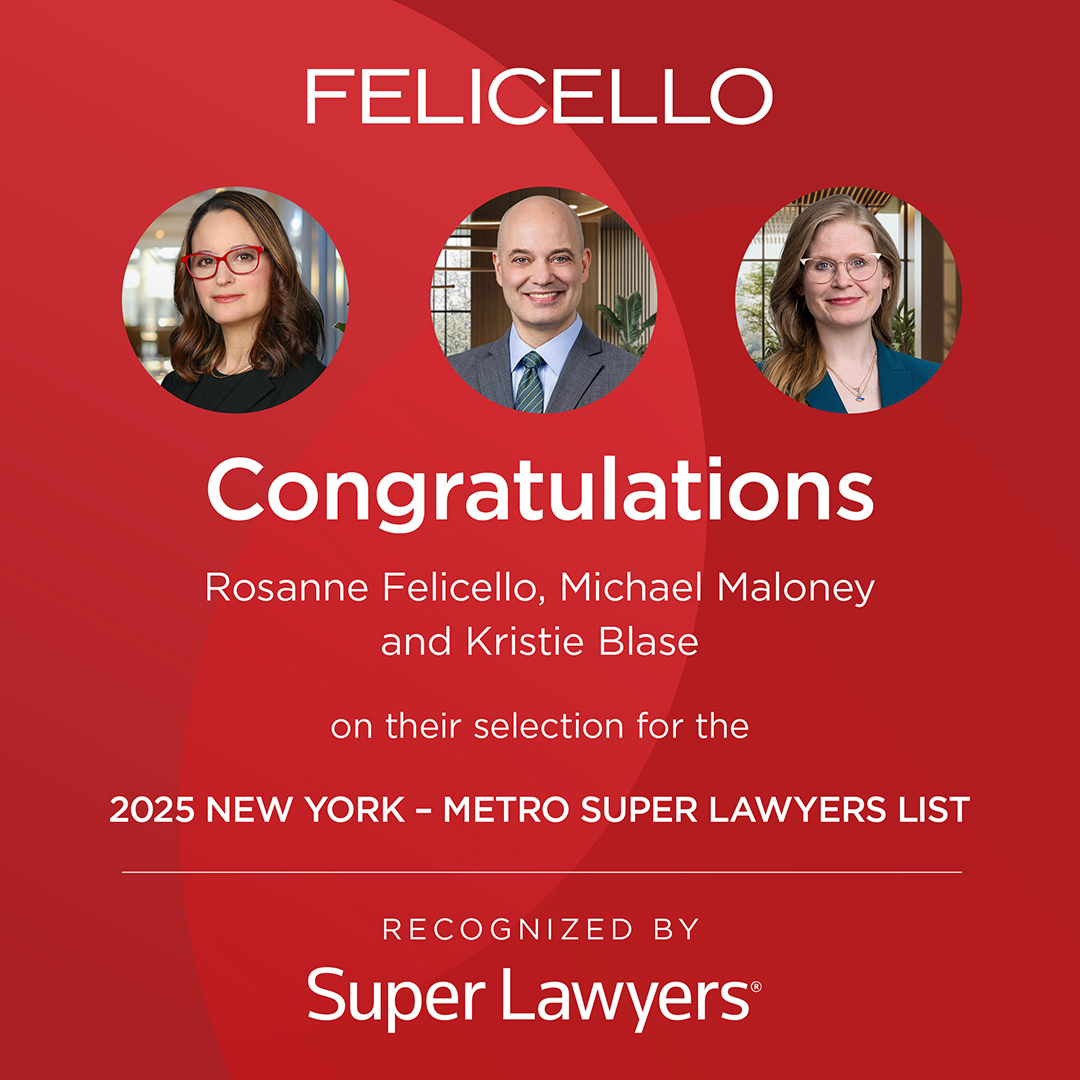What to Expect in a Copyright or Trademark Infringement Lawsuit
May 12, 2025

No matter what type of business you are in, trademark and copyright law can have significant effects on success and growth of your business. Both of these areas of law provide important rights over the intellectual property of your business—those intangible assets that make your business distinct from others. As attorneys who practice in this area, we understand that it can be detrimental to your business if another company is infringing on or disparaging your trademark or misusing work for which you own a copyright. The same is true if another company accuses you of violating their trademark or copyright.
What do trademark and copyright law protect?
While both trademark rights and copyrights protect intangible assets, each set of laws provide distinct protections under the law.
The Copyright Act is a federal statute that makes it unlawful for another to copy, distribute, or profit from the creative work of others without the proper license or assignment. A copyright does not protect an idea but it protects the expression of an idea, whether it be in a writing or work of art. A copyright also protects derivative works that stem from a protected work.
The Lanham Act is a federal statute that protects the right of a business to exclusively use its “trademark” – which can be a wordmark or a picture or a combination of the two – to identify that business as the source of a product. For instance, the stylized logo of Coca-Cola cannot be used by start-up soda company to identify its product. The entire purpose of trademark laws is avoid consumer confusion.
While you generally have a copyright in anything you or your employees create, you cannot protect your copyright in federal court until you register your copyright with the U.S. Copyright Office (www.copyright.gov).
Similarly, common law trademark rights often attach from first use. States also often have their own laws about trademarks that are used locally. For interstate protection of your trademark, however, you need to register with the U.S. Patent and Trademark Office (www.uspto.gov). The process for registering a trademark is straightforward but not quick and can often lead to multiple rounds of letters back and forth to the trademark office before it determines whether to approve your requested trademark. The examiner is tasked that the trademark be sufficiently unique not to cause consumer confusion with another mark that is already in use.
To ensure that your rights are protected and you have registered your copyrights and trademarks effectively, you should retain experienced legal counsel to assist you.
What are the steps if someone is violating your trademark or copyright?
Even after you have properly registered your copyrights and trademarks, you might discover another person or business improperly using them to your detriment. If that happens, the first step should be to speak to experienced legal counsel. Depending on the circumstance, sending a cease and desist letter may be sufficient to stop the improper use. This is often the correct first step because it can be an efficient way to avoid a full-blown litigation.
If the cease and desist letter is not effective, the next step may differ depending on the value of the copyright or trademark, your risk tolerance, and your litigation budget. Your options include:
- Reaching an agreement to mediate or arbitrate the dispute before a private mediator or arbitrator. This option allows the parties to determine the costs of resolving the dispute, the limits of any discovery, and (to a degree) the timing of any resolution;
- Proceeding administratively. If it is a trademark dispute in which two parties are disputing ownership of the same or similar mark, you could decide to file a proceeding before Trademark Trial and Appeal Board (“TTAB”) at the USPTO; or
- Filing a complaint. You could file a complaint in federal court, outlining the alleged infringement and the relief sought, such as monetary damages or an injunction to stop unauthorized use. Alternatively, you could file a complaint seeking a declaration of no infringement if you believe that you are properly using the intellectual property.
Once a complaint is filed in federal court, it must be served on the defendant. Once the complaint is served, the defending party must be respond within a set period of time (which may be extended under certain circumstances).
- In the response, defendant may: Admit or deny the allegations;
- Raise defenses (e.g., fair use in copyright cases or lack of consumer confusion in trademark disputes); and/or
- File a counterclaim, arguing that the plaintiff’s IP is invalid.
Discovery Phase: During the discovery phase, both sides exchange evidence, including:
- Contracts, licenses, and communications related to the IP
- Sales data to assess damage
- Sometimes, expert testimony on consumer confusion (trademark) or originality (copyright)
Discovery can be time-consuming and costly, but it often influences settlement discussions.
Settlement Negotiations: Many intellectual property (IP) disputes are settled before trial. Settlement agreements may include:
- A financial payment to the IP owner;
- An agreement to stop using the disputed material; and/or
- Licensing arrangements allowing continued use for a fee.
Trial and Judgment: If settlement negotiations fail, the case may proceed to trial. The judge or jury determines:
- Whether infringement occurred;
- If the plaintiff suffered damages; and/or
- Whether an injunction is necessary to prevent further infringement.
Damages in IP cases vary widely, from lost profits and statutory damages (in copyright cases) to punitive damages in cases of willful infringement. Prevailing parties may be awarded attorneys fees for copyright infringement claims. For trademark claims, attorney fees may also be awarded but only if it is an “exceptional” case.
Litigation vs. Arbitration: Which Path to Choose?
Businesses facing IP disputes may have the option of arbitration instead of litigation. Some contracts, particularly licensing or partnership agreements, include arbitration clauses that require disputes to be resolved outside of the courtroom.
Arbitration does have some advantages. Unlike court trials, arbitration proceedings are private, which can be beneficial for protecting trade secrets and business reputations. For some, arbitration may be a faster option, and although it is not necessarily less expensive, it typically involves fewer procedural delays and may result in reduced legal expenses. Finally, arbitrators with expertise in the specific IP area may be better suited to decide complex infringement issues than generalist judges or juries.
The advantages of litigating in court include the potential for previous rulings to establish binding legal precedents and the opportunity to appeal a decision. In some instances, a public court hearing, accompanied by a court win, may send a strong message to deter future infringers.
Facing a trademark or copyright infringement lawsuit can be daunting, but understanding the legal process and alternative dispute resolution options can help businesses decide their best course of action when defending intellectual property and safeguarding their creative and commercial assets.
Recent News & Insights
December 4, 2025 | Events
CLE Course: Drafting and Enforcing International Arbitration Clauses


